Under the Hood: How Much Air Should I Put In My Tires?

Enough is good so even more must be better, right? That may be true when it comes to dessert and lottery winnings, but it’s not the case with tires. Extra air pressure can be both dangerous and damaging.
A couple weeks ago, AutoGuide explained the ins and outs of tire sidewall markings. And it turns out you don’t need a Rosetta stone to decipher all those numbers and letters; a little explanation goes a long way.
SEE ALSO: What Does the Writing On My Tires Mean?
A point brought up in that article and one worth mentioning again has to do with the inflation number. Along with the aspect ratio, load rating and rim diameter one of the most important figures listed on a tire’s sidewall is the pressure. But before you bust out an air compressor and a tire gauge there’s an important caveat. The number shown is not what it seems.
“That pressure is simply the maximum pressure the tire is designed to carry,” said Kurt Berger, Manager of Consumer Products Engineering at Bridgestone. Do not put that much air in the vehicle’s tires. “Always follow the door jamb” he said.
Vehicle-information placards are most often found on or near the driver’s door. However, the location can vary based on the manufacturer. Sometimes these important stickers can be found inside the fuel-filler area or even in the owner’s manual but, “the vast majority of the time you’re going to find it on the door jamb,” Berger said.
Top 15 Best Portable Tire Inflators and Air Compressors
These placards typically list a number of important figures including the gross vehicle weight rating (GVWR), vehicle identification number (VIN) as well as occupant and luggage capacity. But the manufacturer’s recommended tire pressure for the front and rear axles is also included.
According to Berger the maximum inflation pressure for modern tires is typically between 44 and 51 PSI (pounds per square inch). If a driver inadvertently puts too much air in a tire it won’t necessarily cause any damage, but it will impact other aspects of the vehicle. “The concern is not the structural integrity of the tire,” he said.
According to Berger “handling and stability could really be diminished.”He said over inflation “reduces the size of the contact patch significantly,” impacting ride quality, passenger comfort and the wear characteristics of a tire.
There are misconceptions that higher inflation pressure delivers better fuel economy, handling and tire wear, but “That’s not necessarily true on any of those,” he said. Automakers have optimized these parameters “To give you the best balance of all the attributes.” Car companies arrive at their ratings after exhaustive testing that can take years to complete. Because of this it’s best to follow their specific recommendations.
Few things can beat the feeling of driving a brand-new vehicle off the showroom floor. You’ve researched what to buy on AutoGuide.com, shopped around at different dealers, negotiated the price, arranged financing and finally the car of your dreams is yours, but not so fast. It may shimmer like a diamond and have a full tank of fuel but it may not be ready for the road.
According to Berger “When you buy a new vehicle it’s a good idea to check your inflation pressure.” He said cars are often shipped from factories with high inflation pressures. This prevents the tires from distorting as the vehicle is strapped down during shipping. Oftentimes dealers forget to reduce the pressure before cars are delivered to customers.
Top 10 Best Tire Pressure Gauges
Reiterating this point Berger said, “Few things are more important than getting the right inflation pressure in the tire.” Aside from this he also advises checking your vehicle’s tire pressure at least once per month as they generally lose around 1 PSI every 30 days. These simple steps can go a long way to maximizing tire life and keeping you safe on the road.

Born and raised in metro Detroit, Craig was steeped in mechanics from childhood. He feels as much at home with a wrench or welding gun in his hand as he does behind the wheel or in front of a camera. Putting his Bachelor's Degree in Journalism to good use, he's always pumping out videos, reviews, and features for AutoGuide.com. When the workday is over, he can be found out driving his fully restored 1936 Ford V8 sedan. Craig has covered the automotive industry full time for more than 10 years and is a member of the Automotive Press Association (APA) and Midwest Automotive Media Association (MAMA).
More by Craig Cole



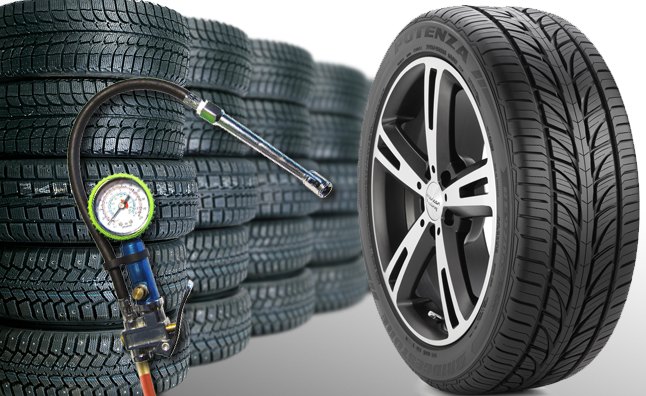












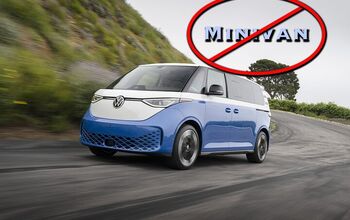




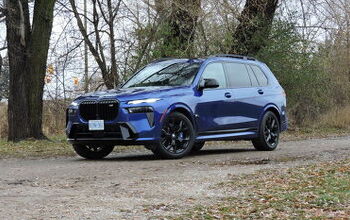


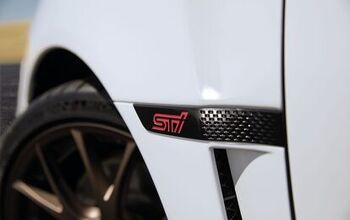

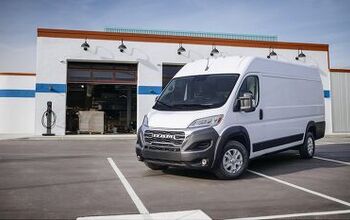




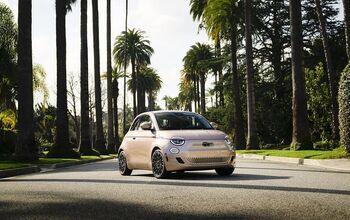

Comments
Join the conversation
My tire maximum air pressure is 51 lb I always run 40 may run and wear perfect.
I always put max air in my tires for the last 49 years never had a blow out .go around a turn with recommended psi then fill to max and go again at speed.lower psi you will feel the tire give not so much when you have max air..Better feel and easier on tire ..now if you just putt around and never drive aggressively then just put what the manufacturer sayswill be a softer ride and alitttle less gas mileage..if you drive at high speed put max psi tire will not heat up as much..